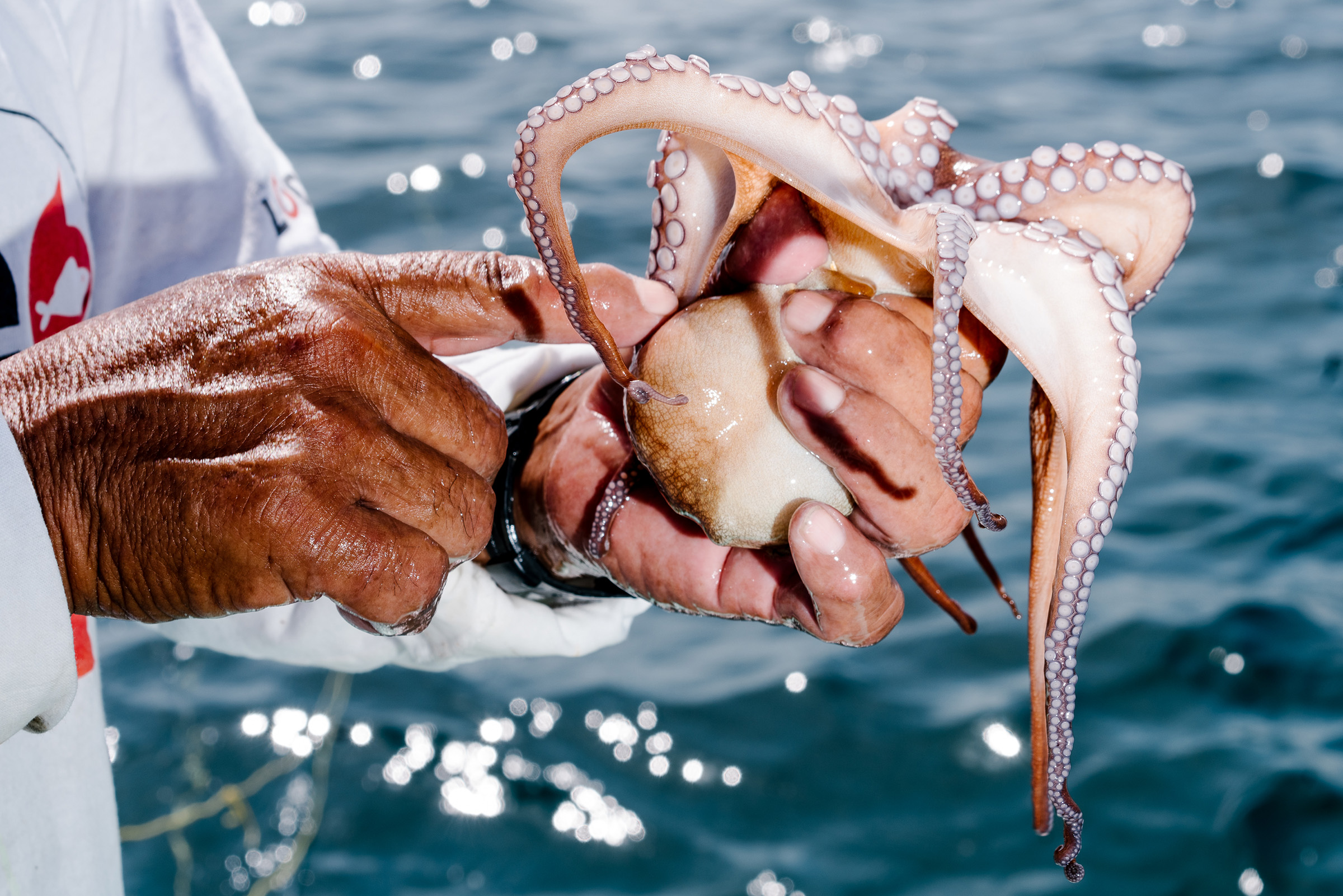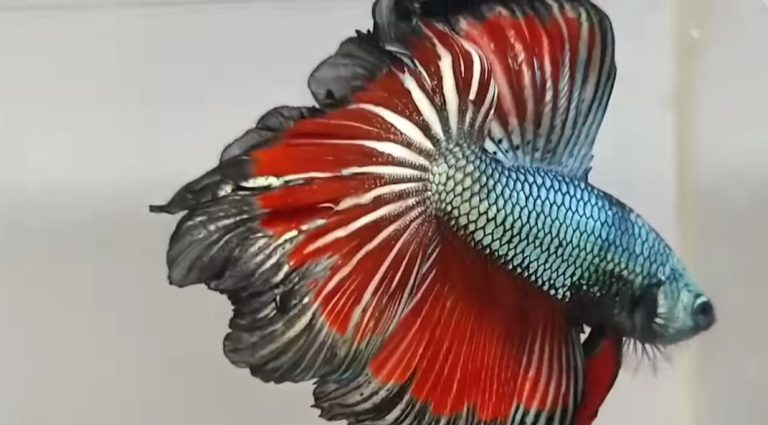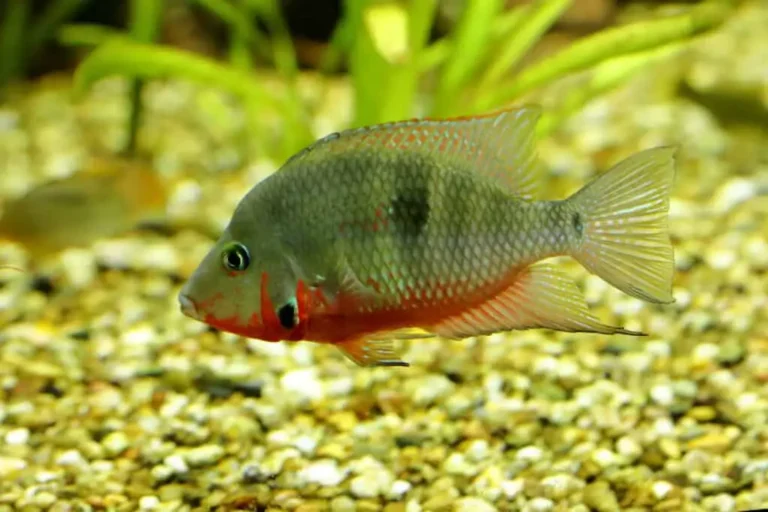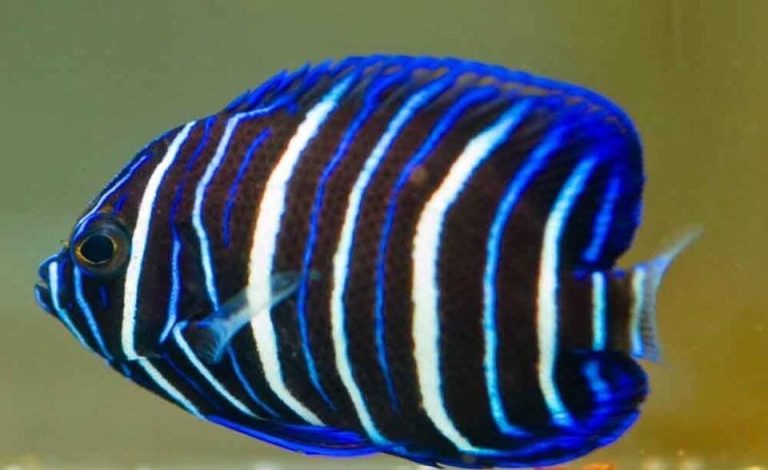What Starfish Consume in Captivity: Food Choices and Nutritional Needs
In captivity, starfish eat a variety of foods such as shrimp, squid, mussels, clams, and small fish. Starfish, also known as sea stars, are fascinating creatures that have intrigued scientists and ocean enthusiasts for years.
These marine invertebrates eat a variety of foods in their natural habitat, but what about in captivity? Starfish can be kept as pets in aquariums, and their diet becomes a crucial concern for their owners. In this article, we will discuss the types of food that starfish can eat in captivity and how to properly feed them.
We will also explore the dietary requirements of these magnificent creatures and how to maintain their health through a balanced diet.

Credit: time.com
Starfish Anatomy And Feeding Behavior
Starfish, also known as sea stars, are fascinating creatures with their unique features and feeding behaviors. If you are interested in keeping starfish as pets, you might want to learn about their anatomy and feeding behavior. In this section, we will look at the different aspects of starfish anatomy and feeding behavior, including the structure and function of the digestive system and their feeding preferences.
Structure And Function Of Starfish Digestive System
Starfish have a simple digestive system, which runs throughout their arms and central disk. The mouth is located on the ventral side of the central disk, while the anus is at the top of the central disk. The digestive system includes the following parts:
- Stomach: A sac-like structure located in the central disk where digestion takes place.
- Pyloric caeca: Small outpouchings of the intestine that secrete digestive enzymes.
- Intestine: A tube-shaped structure that runs through the arms and ends at the anus.
After capturing prey, starfish use their tube feet to transport the food to their mouth. The stomach can be everted through the mouth and wraps around the food, secreting digestive enzymes to break it down. The partially digested food is then moved to the pyloric caeca for further digestion before passing through the intestine and out of the anus.
Feeding Behavior And Preferences Of Starfish
Starfish are opportunistic feeders and preys on a variety of small marine animals, including clams, mussels, snails, and other starfish. They are also known to scavenge on dead animals.
Different species of starfish have their unique feeding strategies. For instance, some use their powerful arms and tube feet to pry open the shells of bivalves, inject their stomachs between the shells, and digest the soft tissues. Others use their tube feet to capture small prey or filter feed on plankton and organic particles.
Some popular starfish species in captivity and their feeding preferences include:
- Sunflower starfish: Carnivorous and feeds on other starfish, mussels, crabs, and clams.
- Blue linckia starfish: Omnivorous and feeds on algae, microorganisms, and small invertebrates.
- Red serpent starfish: Carnivorous and feeds on small invertebrates and crustaceans.
Understanding starfish anatomy and feeding behavior is essential for their wellbeing in captivity. Ensure that the food you provide matches their feeding preferences, and create a conducive environment for them to thrive.
What Starfish Consume In Captivity: Food Choices And Nutritional Needs
Starfish make for interesting pets but taking care of them requires a little bit of effort. One crucial aspect to consider is their diet. Different species of starfish have unique dietary requirements that need to be met to ensure their optimal health and survival.
In this blog post, we will discuss the different food options available for starfish in captivity, their nutritional value and why it’s important to provide them with a varied diet.
Different Food Options Available For Starfish In Captivity
Starfish feed on a variety of food that includes fish, crustaceans, mollusks, algae, and other small marine organisms. The following are some of the food options that are suitable for starfish in captivity:
- Frozen shrimp and fish: Starfish are carnivores and prefer to feed on fresh or frozen meaty foods like shrimp and fish. Frozen food is readily available in most pet stores and can be easily stored for future use.
- Cephalopods and crustaceans: Another food options for your starfish can be cephalopods or crustaceans such as shrimp or clams that can be found at your local fish market.
- Marine flakes: Most starfish are not picky eaters and can eat anything that is small enough to fit in their mouths. Marine flakes are a good option in case you need to feed them in a hurry.
- Live food: Some species of starfish feed on live food like crabs, mussels, and other invertebrates. If you’re going to feed live food to your starfish, ensure it is suitable for their type and size.
Nutritional Value Of These Food Choices
Starfish require adequate nutrition to maintain their health and strength. The following are some of the possible benefits of the different food options available for starfish in captivity:
- High protein content: Meaty foods contain the necessary proteins that starfish need for tissue regeneration and growth.
- Adequate carbohydrate: Consumption of carbohydrates in their diet is important since it provides energy to execute their mechanics, like moving around and gripping.
- Minerals and vitamins: The right diet for your starfish should have sufficient minerals and vitamins, like iron, calcium, and vitamin c, which are important for their overall health.
Importance Of A Varied Diet For Starfish Health
It’s important to provide your starfish with a varied diet because feeding them particular food for an extended period can lead to malnourishment. If this happens, your starfish may start to show signs of weakness, discoloration, and even death. Providing them with different foods helps to prevent them from disliking certain food types and provides them with a balanced diet.
A varied diet also helps reproduce their micronutrients and minerals, which helps to keep then healthy.
Feeding your starfish in captivity requires you to choose the right type of food and maintain a balanced diet. You should also observe how the starfish appears so that you will know which method to take in providing nutrition. With a well-curated diet plan, your starfish will live a long and healthy life.
Common Nutritional Deficiencies In Captive Starfish
Starfish are resilient creatures that come in a variety of shapes, sizes, and colors. They are fascinating to watch, and many people love to keep them as pets. However, capturing these creatures from the wild creates an environment where they experience nutritional deficiencies.
In this section, we explore common nutritional deficiencies observed in starfish that are kept in captivity.
Common Nutritional Deficiencies Observed In Starfish Kept In Captivity
Starfish eat a wide variety of foods in the wild, including bivalves, crustaceans, and snails. In captivity, however, it’s challenging to provide a diet that is as varied as what they would eat in their natural habitat. The following are some of the nutritional deficiencies that starfish may experience when living in captivity:
- Lack of protein: Protein is essential for starfish to grow, maintain strength, and repair body tissues. A protein deficiency can result in slow growth, weight loss, and a weakened immune system.
- Insufficient calcium: Starfish require calcium to maintain the strength and health of their skeletal structures. Without enough calcium, they may experience slower growth, brittle bones, and weakened muscles.
- Inadequate vitamins and minerals: In the wild, starfish can obtain the vitamins and minerals they need from a varied diet. However, in captivity, if the diet is not varied enough, they may not get enough of the vitamins and minerals they need to thrive.
Impact Of These Deficiencies On Starfish Health And Wellbeing
Nutritional deficiencies can put tremendous stress on starfish, which can lead to health problems and even death. Here are some of the consequences of common nutritional deficiencies in captive starfish:
- Slow growth: A lack of proper nutrition can hinder a starfish’s growth and development, resulting in stunted growth and smaller sizes than normal.
- Weakened immune system: Starfish that do not get enough protein are prone to infections and may have trouble fighting off disease.
- Brittle bones and muscles: Lack of calcium can cause starfish to have brittle bones and muscles, making them more susceptible to injury and disease.
- Death: In extreme cases, nutrient deficiencies can lead to death.
It’s crucial to provide a well-rounded diet for starfish that are kept in captivity. Ensuring they receive a varied diet with the right nutrients and minerals, including protein, calcium, and vitamins, can help prevent common nutritional deficiencies and maintain their overall health and wellbeing.
Best Practices For Feeding Starfish In Captivity
Starfish are fascinating creatures that can be kept in a home aquarium. Providing a healthy diet is vital to keeping starfish in captivity. Here are some best practices for feeding starfish:
Recommended Feeding Frequency And Amount
- Feed your starfish once a week
- Offer food in small quantities that can be consumed within an hour
Starfish are slow eaters, and they feed mainly on algae and small fish. Overfeeding them can cause health problems and poor water quality in the aquarium, which can lead to bacterial infections. Make sure to remove any uneaten food after feeding them.
Tips For Maintaining A Healthy, Balanced Diet For Captive Starfish
- Diversify your starfish’s diet with different types of food such as algae and small pieces of fish
- Do not feed your starfish with raw meat or fish as they can cause digestion problems
- Supplement their diet with calcium as it is vital for their skeletal structure
- Avoid feeding them with food that contains preservatives or additives, as it may harm their health
By following these best practices for feeding starfish, you can ensure their health and happiness in captivity. Remember, a balanced diet is crucial for their well-being.
Feeding Challenges And How To Overcome Them
Starfish are peculiar creatures that have always been a favorite of aquarium enthusiasts. However, keeping them in captivity can be a bit daunting, particularly when it comes to feeding them. Some species can be picky eaters, and their diet plays a vital role in their overall health.
We will discuss the common feeding challenges you may encounter while keeping starfish in captivity and strategies for addressing them to ensure that your starfish are getting the proper nutrition they need.
Common Challenges Faced When Feeding Starfish In Captivity
- Lack of appetite: Sometimes, starfish tend to go on a hunger strike in captivity and refuse to eat for hours, and sometimes even days. This could due to stress caused by changes in the environment, such as temperature, lighting, and water flow.
- Inability to locate food: Some starfish lack the ability to locate or reach their food in the aquarium. This problem mainly arises when you keep them with other aggressive eaters, such as fish, that tend to get to the food first.
- Difficulty in consuming hard-shelled prey: Some starfish species may find it challenging to consume hard-shelled prey, such as snails and shrimp. This is because they lack the necessary mechanisms to crush and grind the hard exoskeletons and shells.
Strategies For Addressing These Challenges And Ensuring Proper Nutrition For Starfish
- Maintain stable water conditions: Ensure that the aquarium’s temperature, lighting, and water flow remain consistent, as fluctuations can cause stress and reduce the starfish’s appetite.
- Target feeding: Target feeding entails placing food directly in front of the starfish on a feeding stick or syringe. This strategy ensures that the starfish can find and eat the food quickly without having to compete with other animals in the aquarium.
- Softening food: Soaking or softening the food with warm water before feeding can help make it easier for starfish to consume hard-shelled prey.
- Variety in diet: Feed your starfish a varied diet so they can get the necessary nutrients they need. Try feeding them a combination of meaty foods like shrimp, crab meat, and mussels, and vegetable-based foods like seaweed and algae.
Feeding starfish in captivity can be challenging, but it is essential to ensure that they stay healthy and thrive. By following the strategies mentioned above, you can overcome these challenges and keep your starfish healthy and happy.
Frequently Asked Questions On What Do Starfish Eat In Captivity
What Do Starfish Eat In Captivity?
Starfish eat mussels, clams, shrimp, and fish flakes in captivity. They are carnivorous creatures.
How Often Do Starfish Need To Be Fed In Captivity?
Starfish do not need to be fed regularly because they can survive for long periods without food.
Can You Overfeed A Starfish In Captivity?
Yes, overfeeding starfish can cause water pollution and poor water quality. Feed only what they can consume in five minutes.
What Are Signs That A Starfish Is Not Eating In Captivity?
Sluggish behavior and loss of body mass are signs that a starfish is not eating. Consult a vet if signs persist.
Conclusion
As we’ve learned, feeding captive starfish can be tricky and requires some research and careful consideration. While there are a variety of foods that starfish can consume, not all are suitable for long-term health. It’s important to provide a diet that is varied and includes a balance of proteins, vegetables, and minerals.
Live foods are especially helpful in promoting the natural behaviors of starfish. However, overfeeding can cause problems such as pollution and algae growth. It’s crucial to monitor the amount of food offered to ensure that it is being consumed and not just polluting the water.
Overall, feeding captive starfish can be a rewarding and interesting process, but requires attention to detail and careful observation. With the right food and care, these mesmerizing creatures can thrive in captivity.






